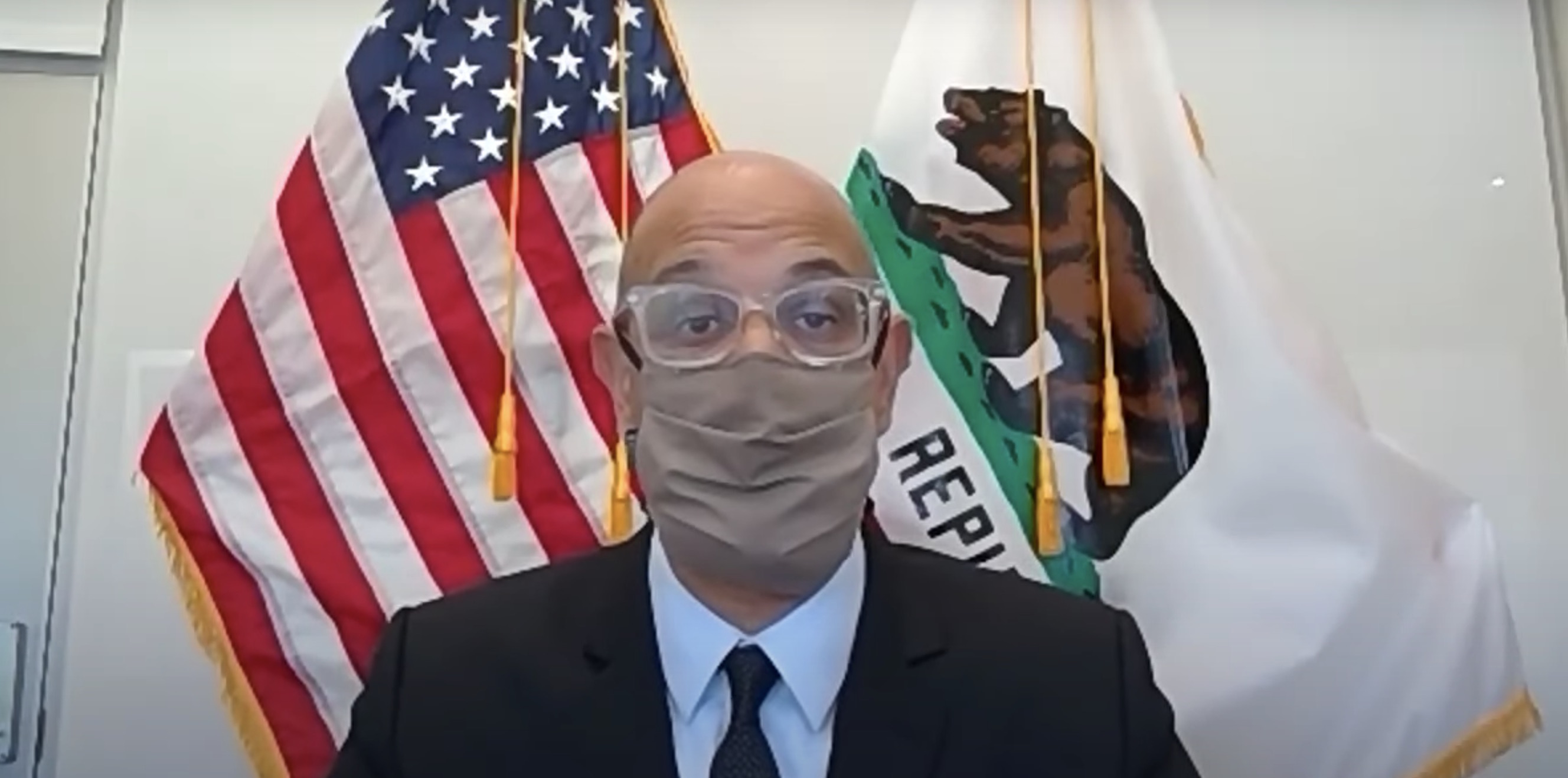California to Try to Speed COVID Test Results
State Sets Priorities on Tests to Process

In an effort to increase the speed of COVID test results, Dr. Mark Ghaly, California’s health secretary, called on private health-care offices to perform COVID-19 tests in their offices. And to move testing along quicker, Ghaly announced the laboratories the state is using will prioritize tests for individuals with COVID symptoms or signs, people being tested as part of an outbreak, and those in high-risk categories, including workers in congregate care facilities, hospitals, and hospital patients.
Ghaly recognized the need for any practice taking on COVID testing to have enough protective equipment on hand and also to ensure that insurance would cover the test costs. Ghaly explained the approach, stating that if more providers conducted the tests, it would free up the state’s labs, which have become overwhelmed. Ghaly indicated it was clinics and big group practices that were being considered and that the regulations would be released soon.
In south Santa Barbara County, the largest health-care providers — Cottage Health and Sansum Clinic — already test people for COVID. Cottage tests patients seen in the emergency room and its hospital patients. Cottage also reports its test results publicly, stating on Monday that of the 3,815 tests made between July 6 and 12, positives number 197, negatives were 2,757, and results had yet to come back on 861 of them.
Get the top stories in your inbox by signing up for our daily newsletter, Indy Today.
Sansum was the first medical provider in the area to begin testing people in their cars. Currently, patients with symptoms are being given a point-of-care test — a quick test that delivers a result in about 15 minutes — at its Urgent Care center, said spokesperson Jill Fonte. Sansum has a limited supply of the test materials, and Fonte said they had to limit its use to symptomatic patients and those with surgical procedures scheduled.
Regarding the cost of the tests, Ghaly said it depended on the volume of tests. With a low volume at the state’s testing sites, the setup and personnel costs could increase the test cost to $2,000 apiece. Running at full capacity, the test costs including overhead dropped to about $130. He acknowledged also that some labs, such as those at medical universities, had high-capacity testing equipment that went underused. It was a matter of matchmaking, he said.
At the Santa Barbara Independent, our staff is working around the clock to cover every aspect of this crisis — sorting truth from rumor. Our reporters and editors are asking the tough questions of our public health officials and spreading the word about how we can all help one another. The community needs us — now more than ever — and we need you in order to keep doing the important work we do. Support the Independent by making a direct contribution or with a subscription to Indy+.


